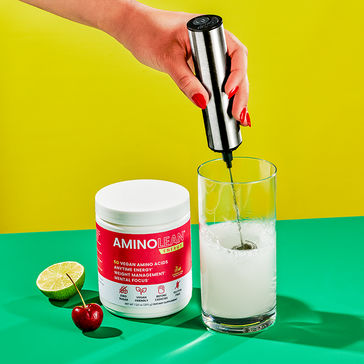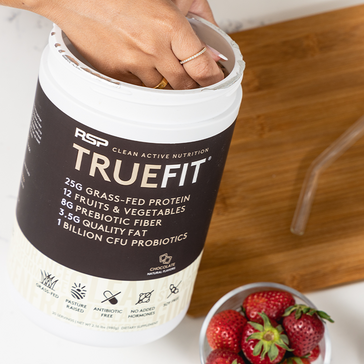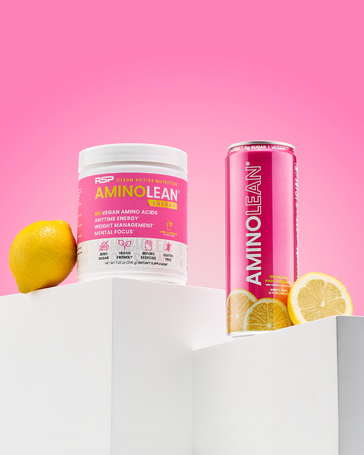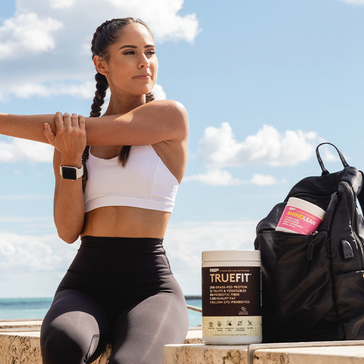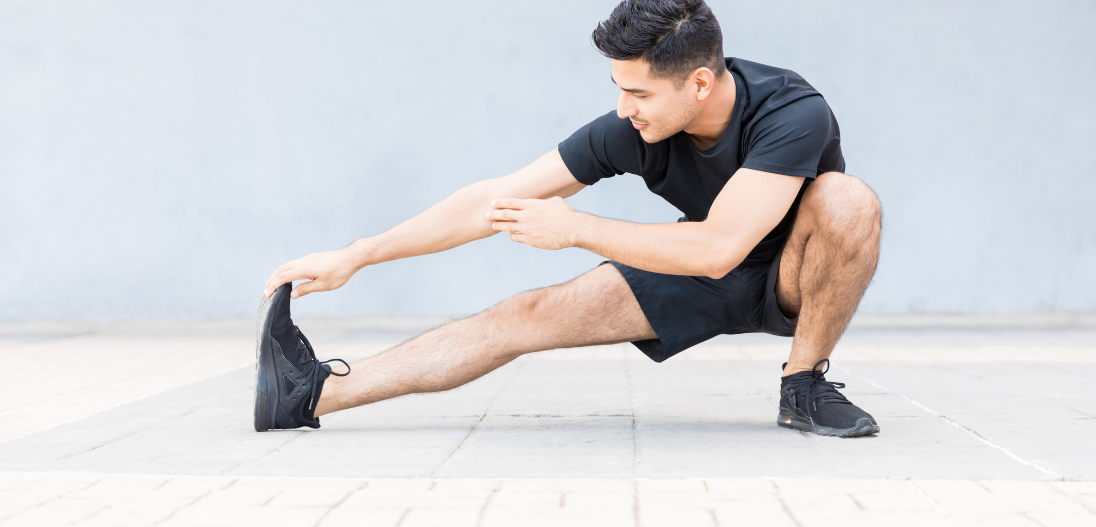Training is what we think of when it comes to building muscle, running faster, or jumping higher. But training is only half of the equation. The other half is rest and recovery, and there is a direct relationship between training and recovery. Training and recovery lie on opposite sides of the same coin, and you can’t have one without the other.
Training + Recovery = Growth
Training, whether it is resistance or aerobic, is a catabolic process. This means that during your training sessions, you are causing microtrauma to the muscles, connective tissues, bones, etc that are in use. This microtrauma serves as a signalling mechanism for the body to realize it is having increased demands placed upon it, and it needs to grow stronger to accommodate for them.
Without this training signal, there is no positive adaptation like muscle gain. Without the recovery nutrients, the body doesn’t adapt, and requires longer to return to baseline. To speed up this process, and get the most out of your training, follow these four key points.
Incorporate Active Recovery
As mentioned previously, when you train the muscular system, either on a run or at the gym, you cause damage to the tissue. To recover from this damage, the body needs nutrients, but it also needs an effective way to transport these nutrients and remove the byproducts of tissue remodelling.
The circulatory system serves this function as it brings in oxygen and nutrients for healing, while also removing carbon dioxide and waste. To speed up this healing process, you want to get blood redirected towards the muscles, at a faster rate.
Low intensity and low impact steady state aerobic exercise is the ideal method of redirecting and speeding up blood flow to exercised muscles. Holding a sustained heart rate from 95-115 for 30-60 minutes is ideal, but even a 20 minute session will help with recovery. An Airdyne or rowing ergometer is ideal, but an incline treadmill walk or spin bike work as well.
The key to these recovery sessions is to remember that you are not training. Do not give into the temptation to work in intervals or some sort of finisher. You want your recovery sessions to be as non demanding as possible, focusing on getting air in and out while keeping a slightly elevated heart rate.
Sleep 7-9 Quality Hours Every Night
It is understandable that we neglect sleep, but it must become a priority if you wish to speed up the recovery process and get the most out of your training. Sleep is when the body gets to focus all of its efforts on repair and growth, taking nutrients from the day, and shuttling them to worked muscles.
Sleep quality and quantity changes how the body’s endocrine and metabolic systems digest, store, and burn energy. A sleep deprived system will release more sugar for energy, while a well rested system will shuttle sugar to muscles to be used or stored as glycogen for the next training session.
To maximize recovery, you will want to get 7-9 hours of sleep every night. It is important to note that this needs to be every night. Inconsistent hours build up a sleep deficit, increasing fatigue and reducing recovery. The more you sleep, the harder you can train, which signals to the body to get even stronger.
Prioritize Nutrition and Supplementation
What you eat becomes what you use for energy and what you are made up of. Your diet literally gives you the building blocks for muscle and energy for recovery. If you train hard but don’t supply the body with these nutrients, it will have a very hard time adapting and growing.
Building muscle is a metabolically expensive process, therefore you need additional calories for energy, as well as protein and/or amino acids for structure. Carbohydrates and fats are the ideal sources for energy, though the body can use protein as well if needed. The exact amount will depend on your basal metabolic rate, activity levels, and calories expended during exercise.
For the muscle structure, there must be an abundant supply of amino acids. Essential amino acids are those that we must get from our diet and are predominantly found in animal products. These should be included in every meal, as your body cannot store protein the way it stores carbohydrates. RSP's AminoLean contains 5g of essential amino acids which helps you recover faster and support lean muscle building. If you're looking for a plant based pre workout supplement, RSP has their AminoLean in a vegan version as well. More complete than just regular BCAA powder, EAA powder contains everything your body needs to repair and build muscle. Post workout, it is ideal to consume a whey protein supplement like TrueFit to kickstart this process of recovery and muscle building.
Micronutrients are extremely important as well, as these function as coenzymes and cofactors, which help or serve as essential contributors to energy production within the cell. The more effective the cell is at using and producing energy, the faster you can recover. To make sure you are getting these micronutrients, eat a variety of fruits and vegetables, as well as animal products. These can be supplemented as well-- RSP’s grass-fed whey protein TrueFit contains 25g of protein, 12 organic fruits and vegetables, prebiotic fiber and probiotics. RSP's TrueFit meal replacement powder is also available as a plant protein powder to suit a vegan lifestyle.
Hydrate Appropriately
When we sweat during exercise, we aren’t just losing water. We also lose the salts that are essential to, among other things, the functioning of our muscles and nerves. These salts, also called electrolytes, are necessary for cells to function, create energy, and without them our nerves can’t fire, and muscles can’t contract and relax.
You should aim for at least half your bodyweight in ounces of water during the day, with additional water and electrolytes added for sweat loss. Be careful when choosing electrolyte supplements, as many include sugar to make up for the fuel lost during training. This added sugar can be great if the body needs extra energy for recovery, but can lead to excessive calories if you are already adding extra carbohydrates and fats in your nutrition. RSP’s Immunity + Hydration shot contains organic coconut water, electrolytes & minerals (including Himalayan Pink Sea Salt) and amino acids for more rapid and effective hydration than water alone.
If you want to get the most out of your training, and get back to training faster, don’t neglect the recovery process. Remember, stress plus rest equals growth. Without the rest and recovery, there is no growth.
